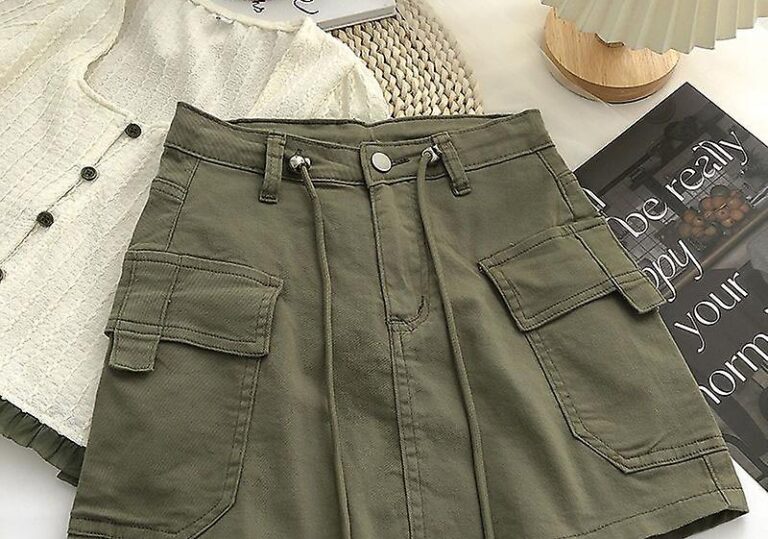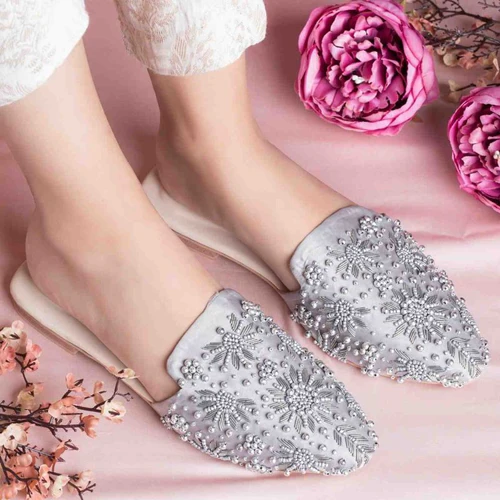Can You Sublimate on Rayon? A Comprehensive Guide
Can You Sublimate on Rayon printing is a popular technique known for its ability to create vibrant and durable designs. However, when it comes to sublimating on rayon, the process involves some unique considerations. This article will explore whether you can sublimate on rayon, the challenges involved, and tips for achieving the best results.
What is Sublimation Printing?
Sublimation printing is a method that uses heat to transfer dye onto a substrate, typically fabrics. The process involves converting solid dye into a gas without passing through a liquid state. This gaseous dye then permeates the fabric and solidifies, resulting in a high-quality, permanent print. Sublimation works best on polyester or polyester-coated materials due to their chemical properties, which bond well with the dye.
Understanding Rayon Fabric
Rayon is a semi-synthetic fabric made from regenerated cellulose fibers. It is known for its softness, drape, and versatility, resembling natural fibers like cotton or silk. Despite its appealing characteristics, rayon’s composition poses challenges for sublimation printing.
Can You Sublimate on Rayon?
Sublimating directly on 100% rayon fabric presents challenges because rayon is a cellulose-based material, and sublimation dyes are designed to bond with polyester. Rayon does not inherently absorb sublimation dyes effectively, which can result in faded or inconsistent prints. However, there are methods to achieve acceptable results on rayon fabrics.
Preparing Rayon for Sublimation
Pre-Treating the Fabric
To improve the chances of successful sublimation on rayon, it’s crucial to pre-treat the fabric. Applying a sublimation coating or spray designed for rayon can enhance the fabric’s dye acceptance. Follow the manufacturer’s instructions for the application and curing process to ensure the best results.
Choosing the Right Sublimation Paper
Using sublimation paper designed for mixed fabrics or rayon can help achieve better results. This type of paper is formulated to work with a variety of fibers and can improve the color transfer process.
Sublimation Process on Rayon
Design Preparation
Create your design using graphic design software. Ensure the resolution is high and the colors are vibrant to ensure the best print quality. Print the design onto sublimation paper using a sublimation printer. High-quality prints start with high-quality designs, so make sure your artwork is well-prepared.
Heat Pressing
Set your heat press to the recommended temperature for sublimation. For rayon, temperatures between 375°F to 400°F (190°C to 200°C) are typically used. Place the sublimation paper onto the pre-treated rayon fabric, ensuring proper alignment. Apply firm pressure for the recommended time, usually around 60-70 seconds.
Cooling and Finishing
Once the heat pressing is complete, carefully remove the sublimation paper while it is still warm. Allow the fabric to cool down before handling to help set the dye properly and prevent smudging.
Tips for Success
Test First: Always perform a test on a small piece of fabric or a sample to check compatibility and print quality before proceeding with larger projects.
Adjust Heat and Pressure: Rayon can be sensitive to heat, so monitor the temperature and pressure closely to avoid damaging the fabric.
Use Quality Inks: High-quality sublimation inks can make a significant difference in the final print, especially when dealing with challenging fabrics like rayon.
Common Challenges and Solutions
Fading Colors
Problem: Colors may appear less vibrant or fade quickly.
Solution: Ensure proper pre-treatment of the fabric and use high-quality sublimation inks. Adjust the heat settings and pressing time if necessary to improve dye adhesion.
Ink Smudging
Problem: Ink may smudge or not transfer evenly.
Solution: Ensure the sublimation paper is correctly aligned and the fabric is adequately pre-treated. Avoid overloading the heat press and handle the fabric with care during the cooling process.
Uneven Transfers
Problem: Parts of the design may not transfer evenly.
Solution: Check that the heat press platen applies even pressure across the entire design. Adjust the placement of the sublimation paper and ensure the fabric is properly pre-treated.
Alternatives to Sublimating on Rayon
If sublimating on rayon proves too challenging, consider using alternative fabrics that have a higher polyester content. Polyester fabrics are more compatible with sublimation, resulting in more vibrant and durable prints. Additionally, explore other printing methods like screen printing or heat transfer vinyl, which may offer better results on rayon fabrics.
Conclusion
In summary, sublimating on rayon fabric is possible but challenging due to its cellulose-based composition. Rayon does not naturally absorb sublimation dyes well, making it difficult to achieve vibrant and consistent prints. However, with proper preparation, including pre-treating the fabric and using appropriate sublimation paper, you can achieve acceptable results.
Rayon’s softness and versatility can make it an attractive option for certain sublimation projects. By understanding the nuances of sublimating on rayon and following best practices, you can create high-quality, durable prints even on this challenging fabric.
ALSO READ:A Complete Guide to Selecting the Ideal Wedding Gown
FAQs
Can I sublimate directly on 100% rayon fabric?
Sublimating directly on 100% rayon is difficult because rayon does not absorb sublimation dyes well. It’s recommended to use a rayon/polyester blend or apply a sublimation coating to the rayon fabric to improve dye adhesion.
What temperature and pressure should I use for sublimating on rayon?
For rayon, set your heat press to a temperature between 375°F to 400°F (190°C to 200°C) and apply firm pressure. The exact settings can vary based on the specific rayon fabric and sublimation products used.
How can I enhance color vibrancy when sublimating on rayon?
To enhance color vibrancy, pre-treat the fabric with a sublimation coating, use high-quality sublimation inks, and ensure proper heat press settings. Testing on a sample piece can also help achieve better results.
What should I do if my sublimation ink bleeds on rayon fabric?
Ink bleeding can occur if the fabric is not properly pre-treated or if the heat press settings are incorrect. Ensure correct alignment of the sublimation paper and handle the fabric carefully to avoid smudging.
Are there better alternatives to sublimating on rayon?
Yes, fabrics with higher polyester content are better suited for sublimation. Polyester fabrics bond well with sublimation dyes, providing vibrant and durable prints. Other printing methods, such as screen printing or heat transfer vinyl, may also be suitable alternatives.







